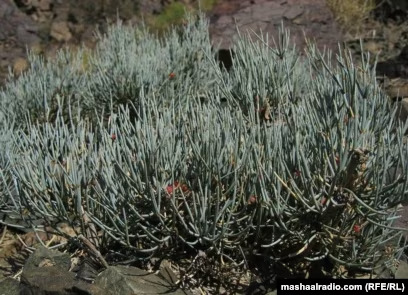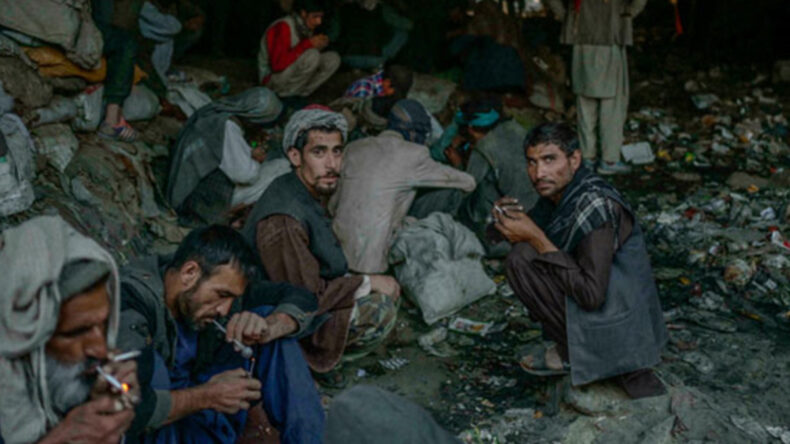According to a United Nations report released on Sunday, there has been a notable increase in methamphetamine trafficking in and around Afghanistan in recent years. This surge has occurred even as the Taliban, since coming to power, has taken steps to restrict heroin trafficking. Ghada Waly, the executive director of the U.N. Office of Drugs and Crime (UNODC), emphasized the importance of addressing this shift in the illicit drug market, stating, “The rise in methamphetamine trafficking in Afghanistan and the surrounding region requires our immediate attention.”

United Nation’s report on Afghanistan
The report titled “Understanding Illegal Methamphetamine Production in Afghanistan” underscores a significant escalation in methamphetamine seizures, surging from 2.5 tons in 2017 to a staggering 29.7 tons in 2021.
In its street-level variant, methamphetamine, commonly known as “crystal meth,” is a potent and extremely addictive stimulant that affects the central nervous system and can lead to a rapid or irregular heartbeat.
Ephedra, known as “oman or bandak” in some regions of Afghanistan in others, has thrived in the country’s mountainous central highlands for centuries. In contemporary times, this plant has played a central role in the significant expansion of the methamphetamine industry in Afghanistan.
Across the globe, the majority of meth is manufactured using synthetic ephedrine, which is a common ingredient in cough and cold products. Prior to 2017, Afghan producers also relied on this precursor, according to Nabizada. They typically acquired ephedrine, or its closely related compound pseudoephedrine, from over-the-counter medications. However, securing a sufficient supply of these chemicals for meth production proved to be a slow and costly process.
The substantial rise in methamphetamine seizures in Afghanistan and its neighbouring nations signifies an expanding trafficking network that is rapidly altering the dynamics of the illicit drug markets that have historically been dominated by Afghan opiates.
This transformation in the illicit drug market, necessitating immediate attention. Effective regional collaboration aimed at preventing the diversion and smuggling of chemical precursors is imperative to halt the ongoing growth of illegal methamphetamine production in the vicinity of Afghanistan.













